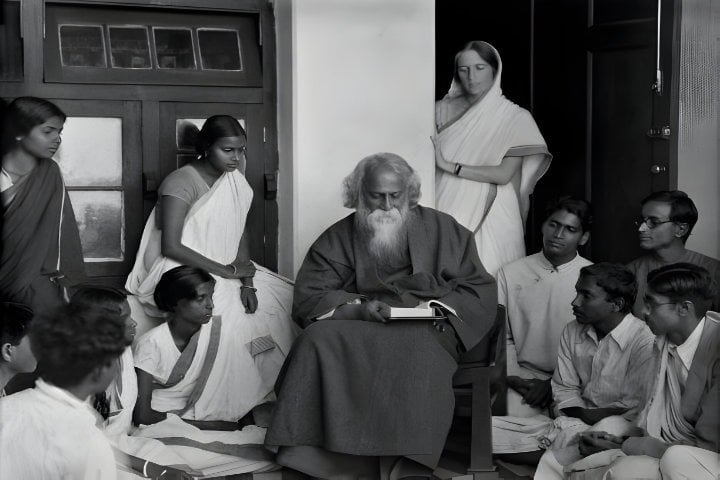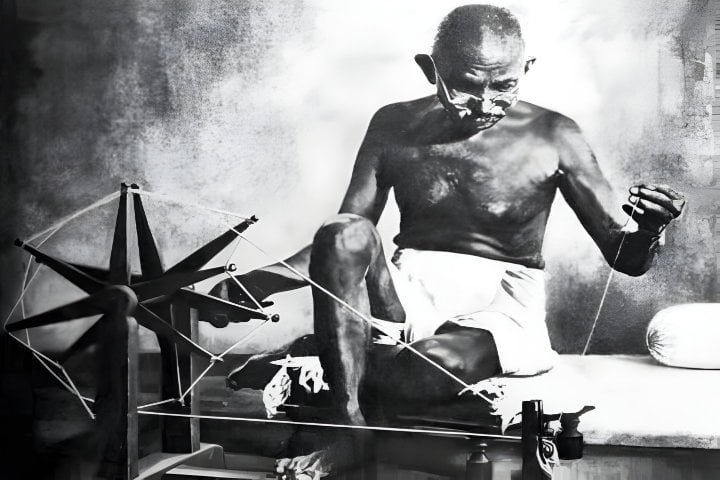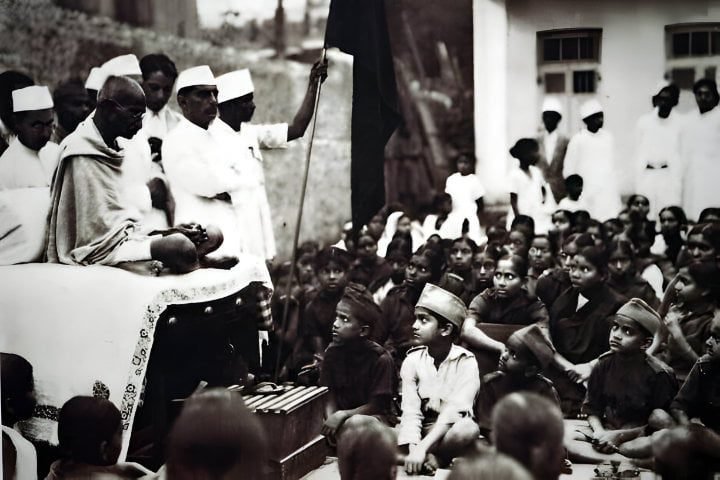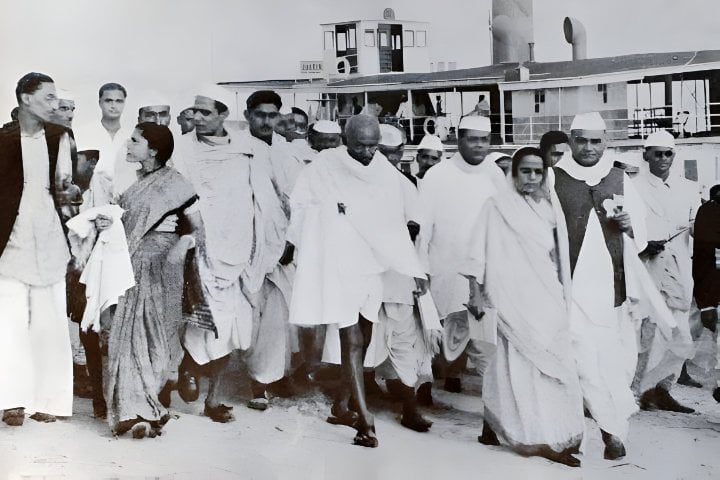- Concept of Socialization
- Media and Social Change
- Social Movements in India
- First War of Independence 1857
- Swadeshi Movement 1905
- Non-Cooperation Movement 1920
- Civil Disobedience Movement 1930
- Quit India Movement 1942
- Land Reform Movement in India
- Chipko Movement 1973
- Dalit Panther Movement 1972
- Mandal Commission Report and Caste-Based Reservation in India 1990
- Narmada Bachao Andolan 1985
- Right to Information Act (RTI) 2005
- India Against Corruption Movement (2011) and Lokpal Act (2013)
- India’s Awakening: The Nirbhaya Movement’s (2012) Impact
Swadeshi Movement
The Swadeshi Movement was initiated in 1905 as a response to the British partition of Bengal, instilling a stronger sense of nationalism. The Swadeshi movement impacted Bengal the most. The attempt to divide and rule through the partition was met with a united and resolute response.
In This Article
The Swadeshi spirit spread to other provinces over time. The idea of boycotts and passive resistance was a significant innovation in Swadeshi ideologies. The Swadeshi Movement sent a message far stronger than any protest could have by choosing to boycott foreign goods and revive indigenous industries.
The moderates limited their boycott to British goods, while extremists applied it to non-cooperation with imperial administrative institutions. Boycotts greatly influenced the national movement in the days of Gandhi.
Towards Self-Reliance
The Swadeshi Movement is an important part of India’s fight for freedom. It wasn’t just a political uprising; it was also a cultural renaissance and a change in society as a whole. The people of India reaffirmed their faith in their own capabilities and took definitive steps towards self-reliance.
The word “Swadeshi,” which means “of our own country,” was endorsed in commerce and as a lifestyle. The message was loud and clear: stop buying foreign items and start making your own. Every Indian understood the value of self-sufficiency as a cultural statement and an economic tactic.
Swadeshi themes were prevalent in the literature and songs of the era, suggesting a rise in nationalistic sentiment. Newspaper editorials with a fiery tone and the stirring songs of Rabindranath Tagore ignited movements.


There was a noticeable upsurge in the popularity of traditional crafts and the growth of indigenous enterprises all over India. Indian workers and artisans were applauded in addition to the boycott of British goods. The masses highly valued weaving khadi as a representation of culture and economic independence.
India took great pride in its educational institutions, including the National Council of Education, which emerged from the Swadeshi ideology.
A comprehensive program of village reconstruction was proposed, along with the necessity of India’s economic recovery through the resuscitation of village industries. Many Swadeshi schools and small-scale industrial businesses were founded as a result of national education and the concept of national industry.


The importance of education, which was both culturally grounded and socially relevant to Indian society, was acknowledged. It was a step in the direction of intellectual autonomy.
Swadeshi also implied a nationalist culture in which religion, art, and history were important layers. The leading figures of Swadeshi art recommended that Indian artists, rather than seeking inspiration from Western academic art, model their works after examples of classical Indian art.
Rabindranath Tagore defined Swadeshi as the practice of Atma Sakti cultivation. The idea behind Atma Sakti was to strengthen oneself by appreciating the significance of one’s traditions, which encompassed a wide range of ideas.


The Swadeshi Movement served as the foundation for earlier “Social Movements in India.” Civil disobedience was born out of this movement, which sparked an upsurge of economic and social reforms. The organizing and mobilization processes taught the Indians invaluable lessons that benefited them for many years.
The Swadeshi Movement made nationalism a matter of one’s heart through a vibrant cultural movement, introducing several new mobilization techniques that Congress later used successfully.
There is continued relevance to the teachings of self-sufficiency that were part of the Swadeshi Movement. In times of economic trouble and unrest worldwide, the spirit of self-reliance is used to help our local economies and keep our cultural traditions alive.
The Swadeshi Movement impacted Indian society and taught the power of economic freedom and cultural pride. It is remembered as a movement that energized the masses and strengthened our national identity. It remains a testament to India’s collective spirit and cultural solidarity.
The CUET UG 2024 Mass Media and Communication syllabus contains this topic under the Communication section.




